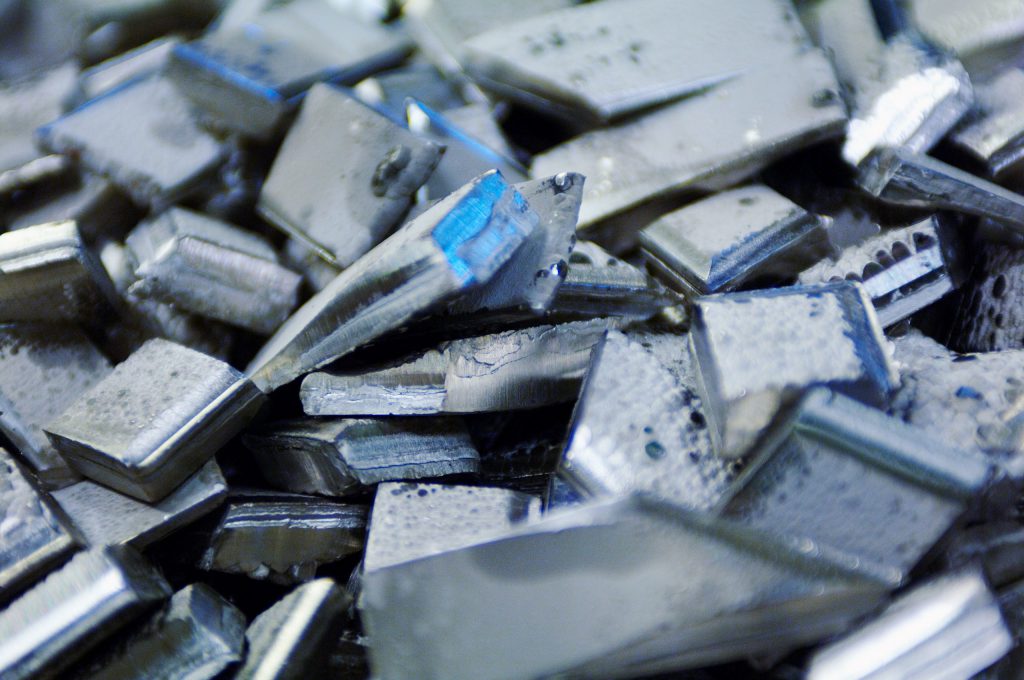
Nickel prices have risen substantially over the past 12 months and are edging closer to the $9 per lb. or $20,000 per tonne threshold that analysts believe could spur investment in new supply.
Nickel prices, however, have been dogged by an anchor over the past decade, so it’s important to take a look at how we got here before trying to determine what might come next.
Broadly speaking, about two-thirds of global nickel production goes into the stainless-steel market. Now impacted by pandemic-induced production curtailments, this market is currently awash with raw material. As a result, even those nickel producers intending to penetrate the high-end battery market, deal with prices impacted by the stainless-steel industry.
Stainless steel producers have the rare luxury of being able to accept all forms of nickel. They can take Class 1 nickel, which is 99.8% purity in the form of cathode, briquettes, or oxide.
They can take stainless steel scrap, which contains nickel, which is supplied by a significant recycle scrap industry both in Europe and in the United States. And they can also use ferronickel or nickel pig iron (NPI). Of these, NPI forms the largest part of the current anchor on nickel prices.